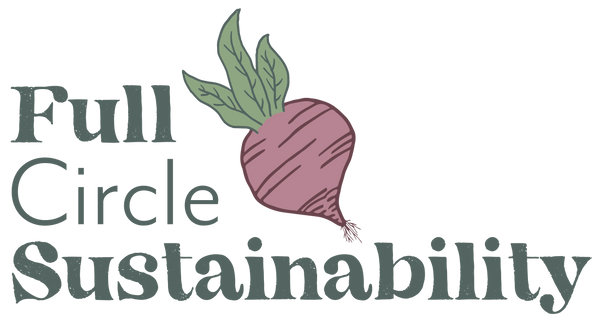
Greener and Cleaner: Sustainable Laundry Tips
If you had asked me a week ago how to do laundry more sustainably, I could have given you a few tips. Wash in cold water. Use a high-efficiency machine. Don't run the dryer as long or as often.
But it turns out, there's so much more to sustainable laundering than I ever thought. And I learned about it while listening to a podcast that wasn't even about sustainability!
The interview subject on the show was Patric Richardson, a self-proclaimed "laundry evangelist." He's on board with sustainability, but his true love is laundry, which makes the fact that his tips are also sustainable all the more convincing for folks who don't want to sacrifice clean for the sake of going green. Below are several ways you can make the process of doing laundry more sustainable and (for double the environmental points!) make your clothes last longer, reducing the impact of future clothing production.
1) Do less laundry.
Socks, underwear, and your sweaty gym clothes get to go in the laundry basket, but everything else can probably wait longer than you think. If it passes the smell test, hang it up, and wear it again!
2) Wash in 65-degree water.
Depending on the season, this may be "cold," or it may be "warm," so take your water's temperature at different times of year to get a baseline. The point is that laundry soaps and detergents need the water to be around 62 degrees or warmer to activate. In most cases, there's no need for the water to be hotter. But it shouldn't be colder if you want your soap do its job.
3) Use the Quick Wash setting.
Abrasion gets your clothes clean, but it's also what wears them out. Reducing the amount of time your clothes are rubbing against each other will make them last longer. Plus, you'll use less energy!
4) Use less soap or detergent.
Richardson says it only takes about 2 Tablespoons for a full load. Filling the cap of your laundry jug is way too much. Using more than you need doesn't just waste the product, it's actually counterproductive. The suds won't fully rinse out of your clothes, which will just get dingier with all that trapped-in detergent.
5) Sort your clothing.
Sorting by weight and color helps reduce abrasion, keeping clothes looking like new.
6) Don't use fabric softeners or dryer sheets.
These don't actually make your clothes softer—they just add a coating that makes them feel that way. Over time, that coating builds up, trapping in dirt and stains and making clothing less absorbant. And the synthetic fragrances are doing nothing good for your health or for the environment.
7) Do use wool dryer balls and aluminum foil. Air dry when possible.
If you're not familiar with dryer balls, these are reusable, tennis-ball-sized pieces of wool that you toss in the dryer to soften clothing and reduce drying time. Since machine drying is responsible for 75% of the total carbon footprint of doing laundry, anything you can do to reduce time in the dryer is a win. Bonus tip: put a few drops of essential oil on a dryer ball to scent your clothing without the harmful chemical fragrances of dryer sheets.
Note that dryer balls aren't as good as dryer sheets at reducing static cling, so for that, Richardson suggests tossing a ball of alumnimum foil in the dryer as well.
Of course, air drying is the most eco-friendly method, so use the wind and sun if you have the option!
8) Ignore your "dry clean only" labels. Use mesh bags.
Sheep don't get ruined in the rain, so apparently my cashmere sweater won't be damaged if I wash it—as long as I do it right! Richardson says everything can be washed in a washing machine if you put it in a mesh bag to avoid abrasion. Things like wool sweaters will need to be air dryed. Bonus tip: mesh bags have the added benefit of reducing the microplastics that find their way into the wastewater stream (and eventually into our bodies). Consider using them when washing synthetic fabrics. Or you can install an external filter on your washer that may help keep these particles out of the drain.
9) Remove stains and smells with vinegar, laundry soap, and oxygen bleach.
You might think a laundry expert with his own store would be all about selling stain removers, but Richardson tackles pretty much everything with a short list of simple products. Vinegar is great for armpit stains. (Spray it on your shirts before washing to prevent stains from forming in the first place). Oxygen bleach will take the stink out of workout gear. And a bar of laundry soap with a horsehair brush is a powerful spot treatment. Listen to the podcast linked above for specifics, or see this list with some of Richardson's common stain solutions.
10) Set the color of your denim by soaking in salt water.
This last one is partly a sustainability tip (making your clothing last longer), but mostly I just find it cool. If you don't want your denim to fade, soak it in salt water to set the dye!
So there you have it! I hope some of these tips will be useful to you. To me, they actually feel empowering. Knowing I can use less detergent and a quicker wash, avoid dry cleaning, and remove basically any stain with a few basic items reduces the tension I sometimes feel between being "green" and getting things clean. It's nice when the two really do align!
Happy washing!
-Justine



